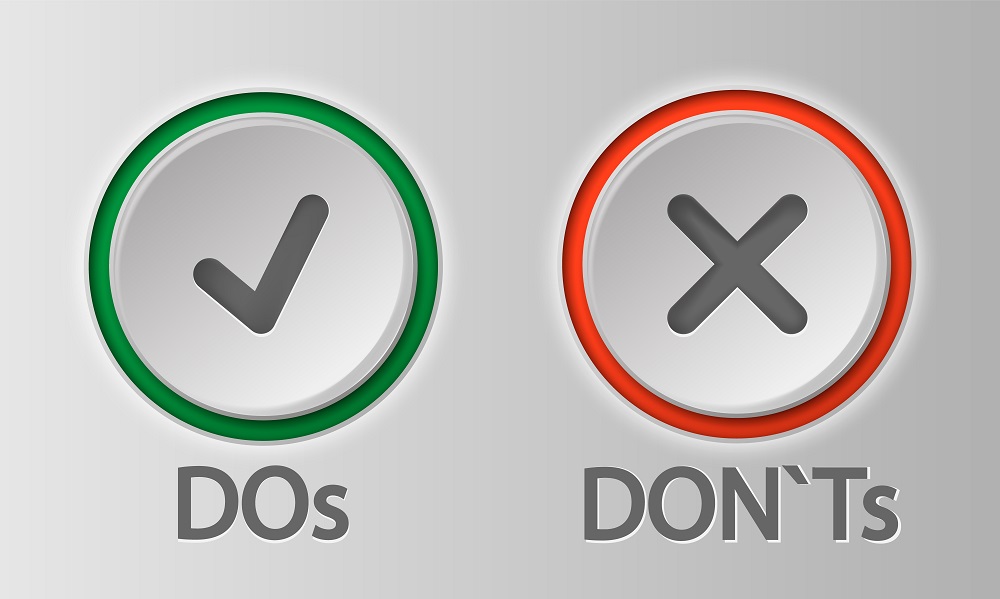The new Medicare marketing guidelines for 2019 are here. CMS has updated their guidelines, and all agents need to know what’s allowed and what it isn’t. You can read the Medicare Communications and Marketing Guidelines in its entirety online, but you’ll find highlights of the information below.
Communications v. Marketing
Not all communications count as marketing. According to CMS, communications refers to activities and materials designed to provide information to current and prospective enrollees. Marketing, which is considered a subset of communications, refers to activities and materials intended “to draw a beneficiary’s attention to a MA plan or plans and to influence a beneficiary’s decision-making process when selecting a MA plan for enrollment or deciding to stay enrolled in a plan.” Both intent and content are considered when making a classification.
To clarify the distinction, CMS provides three examples:
- A flyer that reads, “Swell Health is now offering Medicare Advantage coverage in Nowhere
County. Call us at 1-800-SWELL-ME for more information.” This is considered communication because although the intent may be to draw attention to the provider, the information itself does not draw attention to the provider.
- A billboard that reads, “Swell Health Offers $0 Premium Plans in Nowhere County.” This is considered marketing because the intent is to draw attention to the provider, and the content provides information on premiums.
- A letter that is sent to enrollees and reads, “Swell Health enrollees can get their flu shot for $0 copay at a network pharmacy…” This is considered communication because the intent is to remind enrollees to get the flu shot, not to influence people to enroll in or retain a plan.
All communications must adhere to the communication requirements. All marketing must adhere to the communication requirements in addition to extra requirements that apply to marketing only.
Communication requirements include anti-discrimination rules, standardization of plan name type, assistance for non-English speakers, notice of hours of operation, use of TTY numbers, electronic communication policy and opt-out process, rules regarding endorsements, rules regarding co-branding, rules regarding partnerships with State Pharmaceutical Assistance Programs and prohibited terms and statements.
Marketing requirements provide additional rules, including restrictions on plan comparisons, contact methods and gifts.
Unsolicited Contact Methods
When it comes to contacting potential enrollees without solicitation, some methods are allowed, and some are prohibited.
- Direct Mail: This is allowed.
- Email: This is allowed as long as recipients can opt-out of emails.
- Door-to-door: This is not allowed. Sponsors cannot go door-to-door to knock or to leave flyers.
- Public spaces: This is not allowed. Sponsors are not allowed to approach potential enrollees in public spaces, such as parking lots.
- Telephonic: This is not allowed, although sponsors may be able to call current enrollees, former enrollees, and people who have given permission to be called under specific circumstances.
The New Open Enrollment Period
During the new Open Enrollment Period that runs from January 1 to March 31, sponsors are not allowed to knowingly target or send unsolicited marketing materials to MA or Part D enrollees.
For example, sponsors can market to age-ins and dual eligible or LIS beneficiaries. Five-star plans can also market continuous enrollment SEP. Meetings can also be arranged at the beneficiary’s request. Sponsors cannot, however, send unsolicited materials about the opportunity to make enrollment changes or reference the open enrollment period.
This is just a summary of some key highlights. For more information and details, read the full Medicare Communications and Marketing Guidelines when you have a chance.

